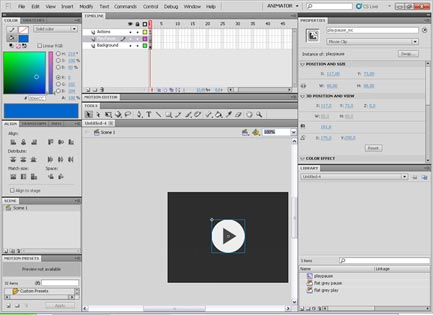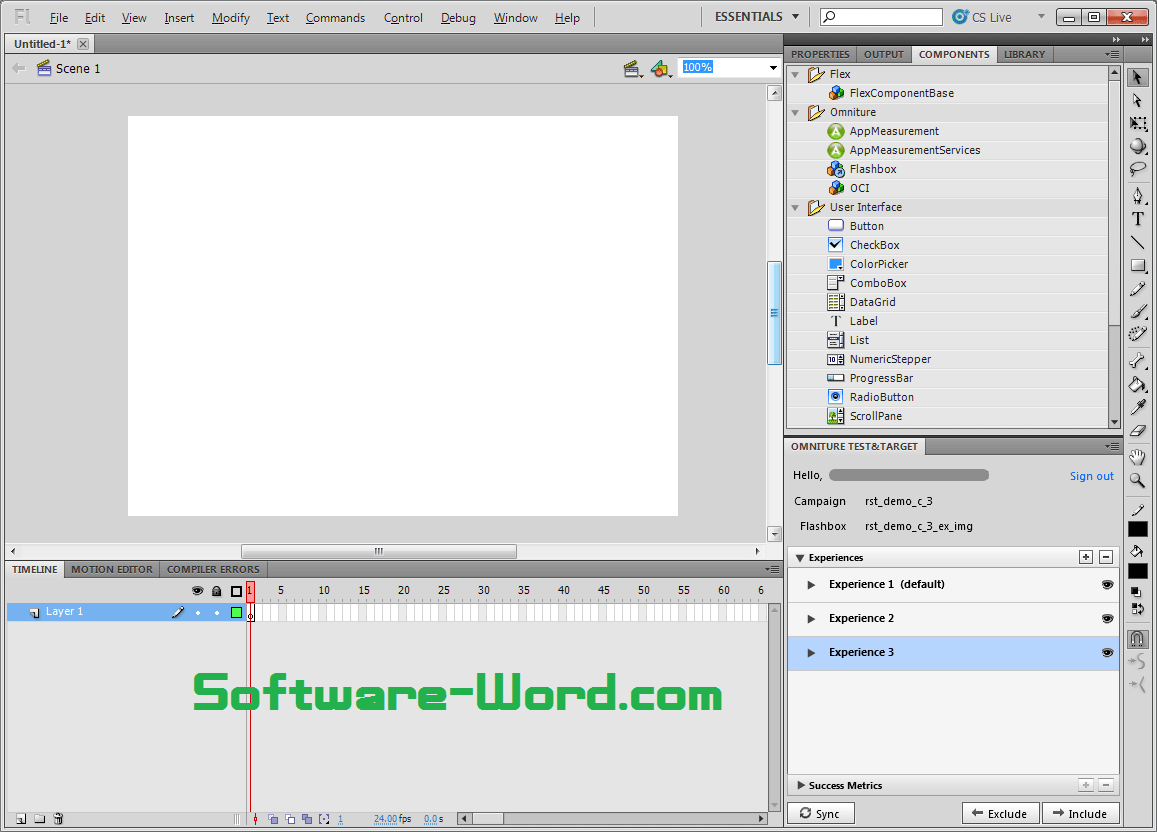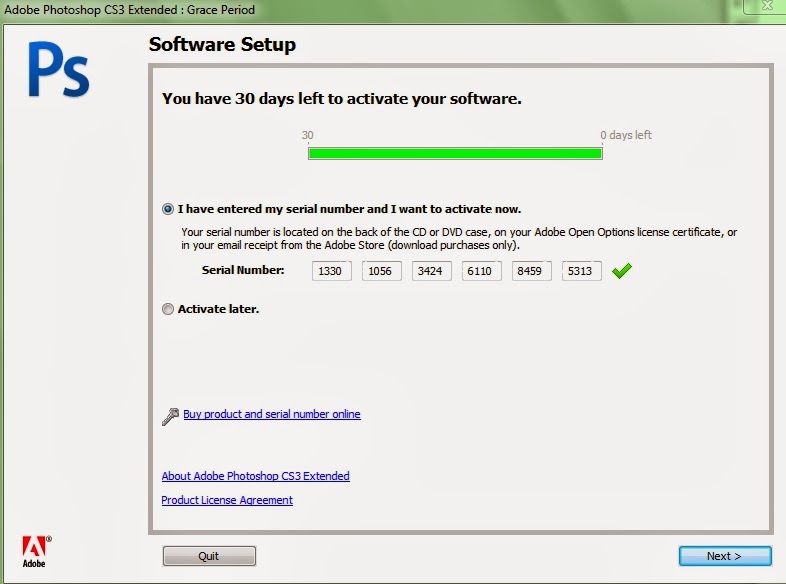
If you don’t want a layer, you can easily delete it by selecting it and then clicking the Delete button below the Timeline. Choose Insert > Timeline > Layer or click the New Layer button below the Timeline to add a third layer. Drag the library item called photo3.jpg from the library on to the Stage.Ĥ. Click outside the name box to apply the new name. Double-click the new layer to rename it and type photo1. You can also click the New Layer button below the Timeline.ģ. Select the background layer in the Timeline. 

Click outside the name box to apply the new name.Īdding a layer 1. Double-click the name of the layer to rename it and type background. Select the existing layer in the Timeline. Each layer contains a different image that appears on the Stage, and you can draw and edit objects on one layer without affecting objects on another layer.
Think of layers as multiple film strips stacked on top of each other. Drag the phpto2.jpg item onto the Stage and place it approximately in the center of the Stage. Select the photo2.jpg item in the Library panel. Continue importing photo1.jpg, photo2.jpg, and photo3.jpg from the 01Start folder.Īdding an item from the Library panel to the Stage Flash imports the selected JPEG image and places it in the Library panel. In the Open dialog box, select the background.jpg file in the 01Start folder, and click Open. Choose File > Import > Import to Library. Importing an item to the Library panel 1. Symbols are often-used graphics used for animation and for interactivity. Library panel is where you store and organize symbols created in Flash, as well as imported files, including bitmaps, graphics, sound files, and video clips. Click the Background color button and choose a new color for the Stage. Enter 800 for the Width and 600 for the Height. In the Width and Height boxes, enter new pixel dimensions. At the bottom of the Properties inspector, note that the dimensions of the current Stage are set at 550 x 400 pixels. You can also choose different magnification view options from the pop-up menu just above the Stage. Choose View > Magnification > Fit in Window. To just see the Stage, choose View > Pasteboard to deselect the option. The gray area is called the Pasteboard. The big white rectangle in the middle of your screen is called the Stage. fla to identify it as the Flash source file. You should always save your Flash file with the extension. Saving your file right away is a good working habit and ensures your work won’t be lost if the application or your computer crashes. 
Name the file 01_work.fla, and from the Format pull-down menu choose Flash CS5 document (*.fla). ActionScript 3.0 is the latest version of Flash’s scripting language, which you use to add interactivity.ģ.In the New Document dialog box, choose ActionScript3.0. Choose Start > Programs > Adobe Flash Professional CS5, click Adobe Flash Professional CS5 in the Applications folder or the Dock. Select and use tools in the Tools panel.Move and reposition objects on the Stage.Work with imported images in the Library panel.Adjust Stage settings in the Properties inspector.
#ABOUT ADOBE FLASH PROFESSIONAL CS5 HOW TO#
Getting Acquainted Lesson Overview In this slide, you’ll learn how to do the following: A Flash SWF file runs in the Flash Player on your browser, in AIR (Adobe Integrated Runtime) on your desktop outside of your browser, or on your mobile phone.formerly known as Flex Builder, is a code-centric environment geared toward developers rather than animators or designers to create interactive content.is a design tool for rapidly creating expressive interfaces and interactive content without writing code.You can create content in Flash or import it from other Adobe applications such as Photoshop or Illustrator, quickly design simple animations, and use Adobe ActionScript 3.0 to develop sophisticated interactive projects. Used to create engaging applications rich in video, sound, graphics, and animation.Provides a comprehensive authoring environment for creating digital animation and interactive Web sites.







 0 kommentar(er)
0 kommentar(er)
